Finland’s economy is highly dependent on world trade. Due to its geographical location, sea transport is the most significant form of transport in Finland – especially now that trade with Russia has decreased considerably.
In 2023, the Finnish foreign trade was just under 230 billion euros, of which almost exactly half was imports and half was exports. About one third of this export and import is services. Among the services, the most significant are ICT services, business services such as planning and consulting as well as information technology services, and transport services. Tourism is also included in service imports.
When looking at the entire foreign trade according to its value (€), the share of sea transport in both exports and imports is more than half, and the share of other forms of transport is significantly smaller. The share of air traffic is six percent.
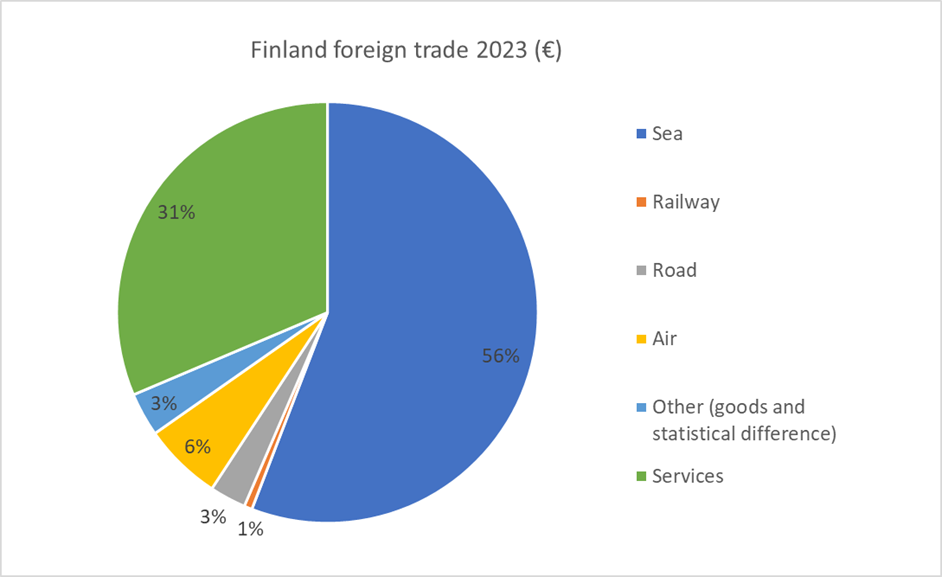
Figure 1. Finland’s exports and imports by different modes of transport (Source: Statistics Finland and Customs, 2024). Others include, for example, electricity and sold ships sailing independently, as well as a statistical difference due to the difference in cash flows and goods flows.
Finland’s seaborne exports and imports are now on the decline. The export (42 million tons) has dropped to the level of 2010 and the import (45 million tons) has dropped to the level of 2020-21, before that the import was this low earlier in 2009. The total amount of sea transport of 87 million tons was last at this level in 2009.
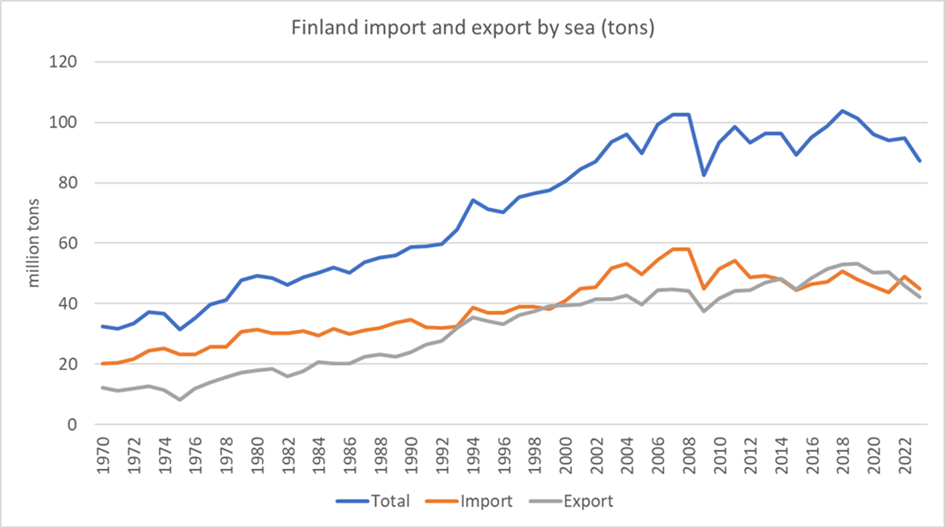
Figure 2. Development of Finnish seaborne exports 1970-2023 (tons). Source: Statistics Finland
Of this seaborne foreign trade, approximately 10 percent were trucks, 7 percent trailers, 12 percent containers and 71 percent solid and liquid bulk cargo.
Imports of consumer goods and exports of higher technology usually travel in units such as containers, trucks or trailers. Of these, containers usually come from outside Europe, such as China, trailers directly from Germany and trucks from either Sweden or Estonia. Instead, raw materials such as oil, grains, ores, fertilizers travel in bulk or tanker ships, i.e. usually in the same ship for the entire journey and thus move all over the world.
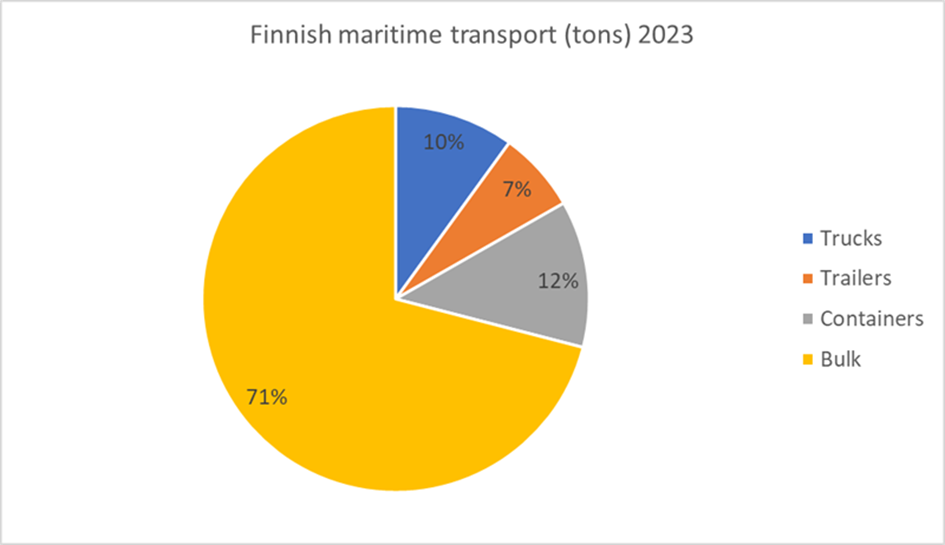
Figure 3. Transport modes of Finnish maritime transport in 2023. Source: Statistics Finland
The size of Finnish ports can be measured in many ways. Measured by cargo value, Helsinki is Finland’s largest port, and most of the more expensive unit goods pass through it. Measured by the amount of cargo, Sköldvik is in a class of its own, both in total quantities and in terms of imports. In terms of exports, the port of HaminaKotka is the largest, followed by Sköldvik and Helsinki.
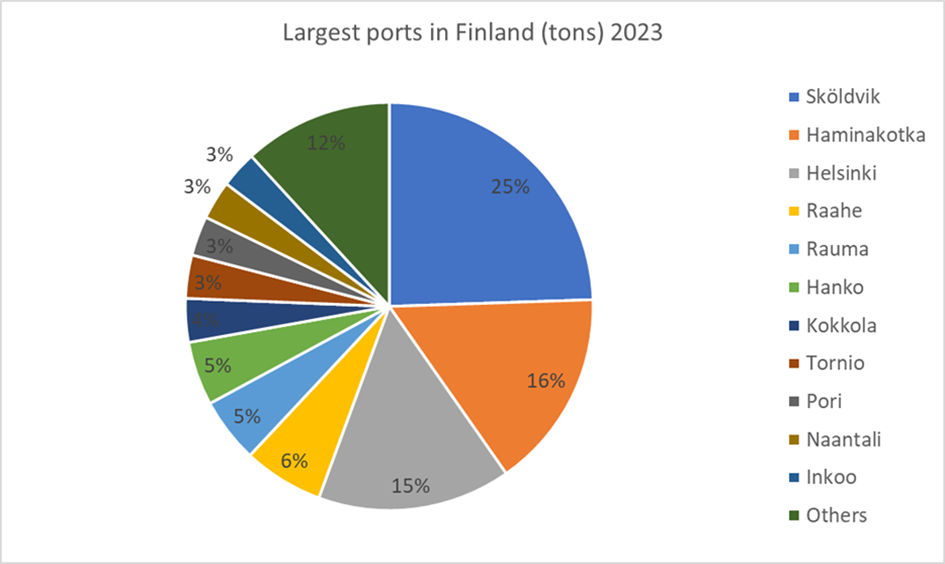
Figure 4. Finland’s largest ports measured by the amount of cargo. Source: Statistics Finland
The most valuable cargo travels across the sea in trucks and lorries. They are practically only loaded from Helsinki, Naantali, Turku and Vaasa. Some of these routes run passenger car ferries and some ro-ro ships without passengers. The traffic between Helsinki and Tallinn is overwhelming in this transport sector, almost two-thirds of the heavy traffic enters Finland via Vuosaari or Länsisatama. The ports of Turku and Naantali are also important transit routes for heavy traffic.
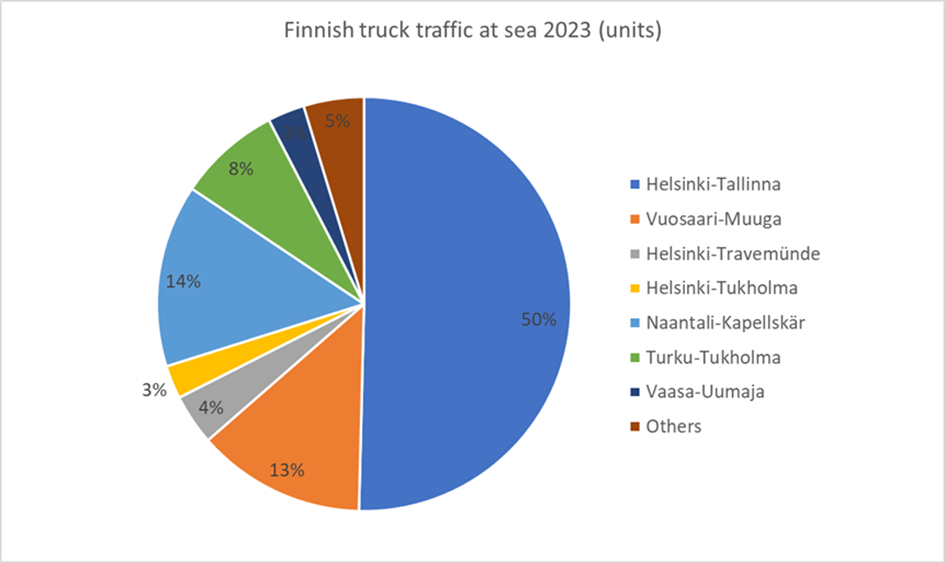
Figure 5. Trucks between Finland and foreign countries by port pairs. The numbers of trucks under 10,000 have been excluded from the statistics. Source: Traficom.
Estonian traffic volumes are not yet at the pre-pandemic level. The number of passengers has not yet recovered, and in the case of heavy traffic, the number of traffic has even decreased last year.
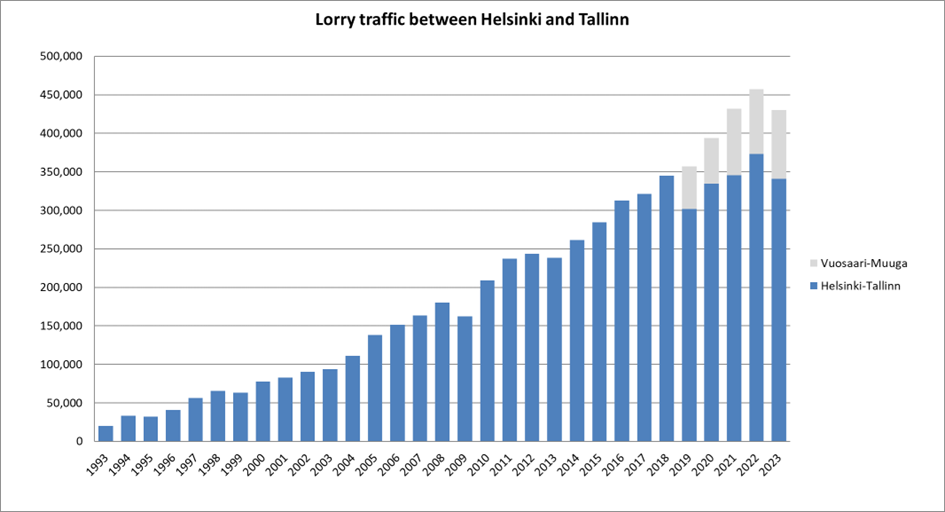
Figure 6. Truck traffic between Helsinki and Tallinn 1993-2023. There was already ro-ro traffic from Vuosaari to Muuga in Estonia starting in 2015, but Traficom’s statistics did not separate them until 2019. Source: Traficom and its predecessors.
However, the growth of Estonian traffic as a whole in recent decades has been amazing. The traffic is fast and has a high frequency, which helps transport companies to get an efficient circulation of their fleet and thus a lot of income. Traffic on the line is divided into “twin city” traffic between Helsinki and Tallinn, traffic between Finland and Estonia, and transit, where trucks and lorries travel between Finland and Central Europe.
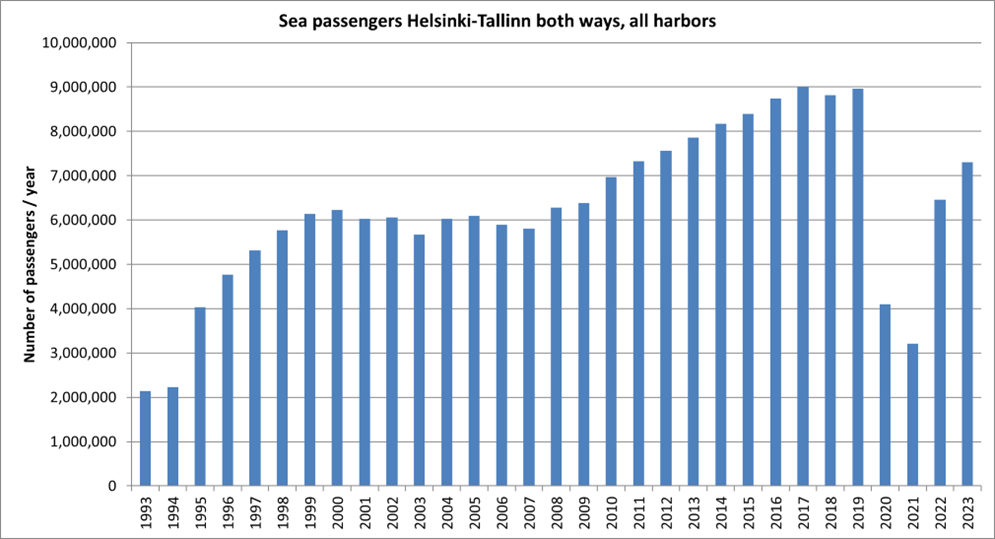
Figure 7. Passenger traffic between Helsinki and Tallinn 1993-2023 (Source: Traficom and its predecessors)
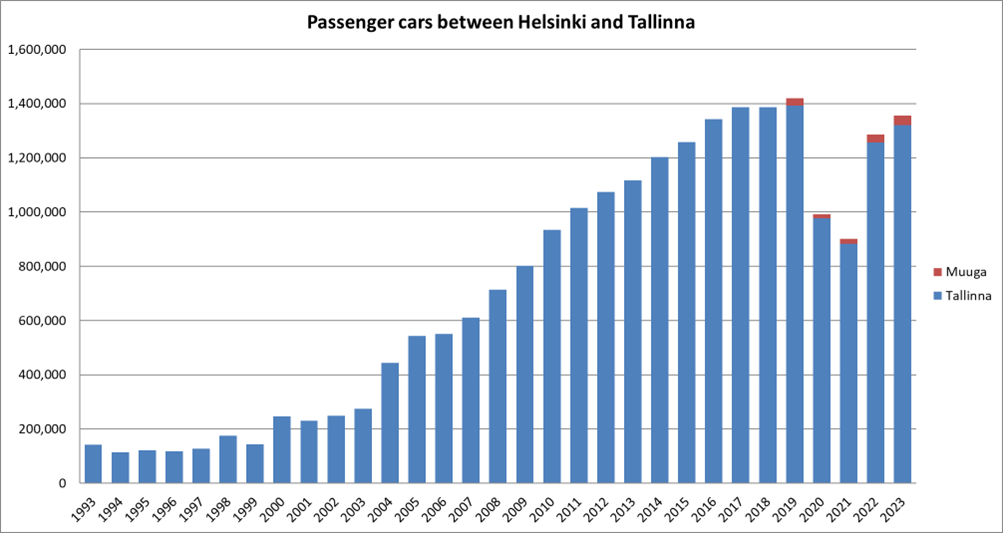
Figure 8. Passenger car traffic between Helsinki and Tallinn 1993-2023 (Source: Traficom and its predecessors)
The article was previously published in Finnish in Navigator Magazine, an online magazine for maritime professionals, on March 8, 2024.
Photo: Tuomas Saloniemi